ASUS Launches the ZenFone 5: Now With Added Notch
by Ian Cutress on February 27, 2018 2:40 PM EST- Posted in
- Smartphones
- Asus
- Trade Shows
- Zenfone
- MWC 2018
- ZenFone 5
- SD636
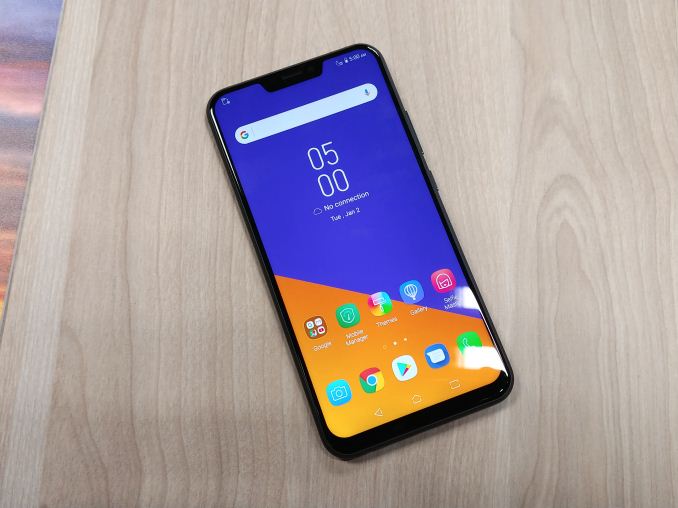
BARCELONA, ESP – Today ASUS is launching a smartphone that is designed, according to the speaker at our prebriefing, to make it look like the user is holding an iPhone X. The new ASUS ZenFone 5, part of the ZenFone 5 family, comes with a notch. Apparently this is what the company says that its customers want: the ability to look as if you have an iPhone X, but have something else.
Aside from the notch, ASUS’ ZenFone 5 launch today actually comprises of three different devices: the ZenFone 5, the ZenFone 5 Lite (called the ZenFone 5Q in most of the world) and the ZenFone 5Z. We were given a pre-brief of the first two devices, with the flagship ZenFone 5Z only being revealed at the press event at Mobile World Congress.
The ZenFone 5
| The Zenfone 5 Family | |||
| Zenfone 5 Lite | Zenfone 5 | Zenfone 5z | |
| SoC | Snapdragon 430 Snapdragon 630 |
Snapdragon 636 | Snapdragon 845 4x Kryo 385 @ 2.8GHz 4x Kryo 385 @ 1.77GHz Adreno 630 |
| Display | 6-inch 2160x1080 (18:9) LCD |
6.2-inch 2246x1080 (19:9) LCD |
|
| Dimensions | ? x ? x ? mm 168.3 grams |
? x ? x ? mm 155 grams |
|
| RAM | 3/4GB LPDDR4 | 4/6GB LPDDR4 | 4/6/8GB LPDDR4 |
| NAND | 32/64GB | 32/64GB | 32/64GB |
| Battery | 3300 mAh non-replaceable |
||
| Front Camera | 20MP Sony IMX376 f/2.0 Secondary 120° wide angle module |
8MP f/2.0 | |
| Primary Rear Camera | 16MP f/2.2 |
12MP 1.4µm Sony IMX363 f/1.8 83° FoV / 24mm equivalent |
|
| Secondary Rear Camera | 120° wide-angle module | ||
| SIM Size | Dual NanoSIM + microSD | NanoSIM + NanoSIM/microSD | |
| Connectivity | microUSB 2.0 | USB Type-C | |
| Launch OS | Android 8.0 with ZenUI 5 | ||
| Price + Availability |
TBD March |
TBD April |
From 479 EUR June |
ASUS’ history with the ZenFone family has gone through highs and lows, from the ever popular ZenFone 2 through to the mass of dozens of ZenFone 3 variants that were difficult to keep track of. For ZF5 ASUS is sticking to three, and the standard ZF5 is set to sit in the middle of that stack. Despite sitting in the middle, ASUS was keen to point out some of the high profile features.
The display specifications involve a 6.2-inch display, listed as a 19:9 aspect ratio, and a Full-HD+ resolution (2160x1080). ASUS is quoting 500 nits of brightness, a 1500:1 contrast ratio, and support 100% of the DCI-P3 color space. The display also comes with Glove Touch support, which can be enabled through the settings. ASUS has supposedly implemented AI here, as part of its AI strategy, such that the system can use an onboard RGB sensor and apply screen color/brightness adjustments to react to ambient lighting. We were told that this goes beyond just regular brightness and dimming in bright light, but when pressed, we were told that this ‘artificial intelligence’ feature was not based on any form of machine learning. More on this later.
Aside from the display, ASUS wanted to highlight its camera solution. The handset has a dual rear camera setup, with the second camera being a wide-angle lens. The main rear camera is a 12MP Sony IMX363 sensor, with an f/1.8 aperture, 1.4 micron pixels, and OIS/EIS. The secondary rear camera is just listed as an 8MP unit with F/2.2 aperture and a 120-degree field of view. Underneath is a fingerprint sensor.
The rear cameras are combined with machine learning software, which will detect up to 16 different scenes and objects, including people, food, snow, stage, flowers, text, and others. The system will apply a series of color saturation, white balance, exposure, and sharpness/noise adjustments to the camera settings to provide a better shot.
On top of helping with taking shots, this AI is going to be combined with another AI related to photo learning. For post processing, the system will offer a number of suggested edits to the picture, and ask the user if they want to accept the changes. Over time the idea is that the system will understand the preferred settings of each user for each different type of scene and use them to help manage the pre-shot AI.
The front facing camera is an 8MP unit as well, but with f/2.0 aperture. This camera will be used for ASUS’ Face Unlock feature, which was explained as being important for environments that use gloves a lot (our presenter was based in the Nordic countries).
On the SoC side, the ZF5 is using a Qualcomm Snapdragon 636 processor, which has eight Kryo 260 cores running at 1.8 GHz, built on Samsung’s 14LPP process, and with Adreno 509 graphics. This SoC will be paired with up to 6 GB of LPDDR4X, and up to 128 GB of storage.
ASUS was keen to point out the audio functionality, with dual NXP9874 smart amps in place – one for each speaker. The effect in person over the previous ZenFone 4, and some other flagship devices, was substantial for speakers in a regular position for a smartphone. ASUS also stated the ZenFone 5 as the world’s first smartphone with DTS Headphone X support, providing a 7.1 virtual surround sound. These features tie into ASUS’ AudioWizard tool that offers different listening profiles depending on what headphones are used – an external audio tuning company has enabled profiles for over 400 types of commercial headphones and when enabled on the ZF5 will adjust the frequency response accordingly. There is also a personal 60-second test to help the system adjust.
Another feature is ‘AI Charging’, the idea that most users charge their phone every night at a similar time, so the system will learn the usual method and adjust the charging profile to match. The key here is that batteries last longest when they are mostly charged, rather than fully charged. So rather than spending the first two hours in the night charging, and staying at 100% the next six hours, the system will hold the battery level at 80% and then push to 100% near to when you are expected to rise. This is meant to be implemented through machine learning, and can take up to three weeks to learn. For users with a regular schedule, this might work well – although I can imagine the frustration of having to wake up early one morning and only finding the phone 80% charged.
ASUS has included a feature called ‘AI Boost’, which has nothing to do with machine learning. From what I was able to determine from the marketing team at the pre-brief, this feature enables all the cores to run locked at their peak frequency, which has the potential to boost performance. ASUS decided showing benchmarking results of Antutu was the best strategy here, with a +50% performance jump. We performed a quick test on the Jetstream benchmark, which showed an 18% performance gain with the mode on. The fact that this tool has nothing to do with the definition of artificial intelligence or machine learning is indicative of ASUS’ smartphone marketing team new strategy of calling everything AI. This reminds me of a very specific comic strip about how people misuse the term AI.
Price will be announced at a later date.


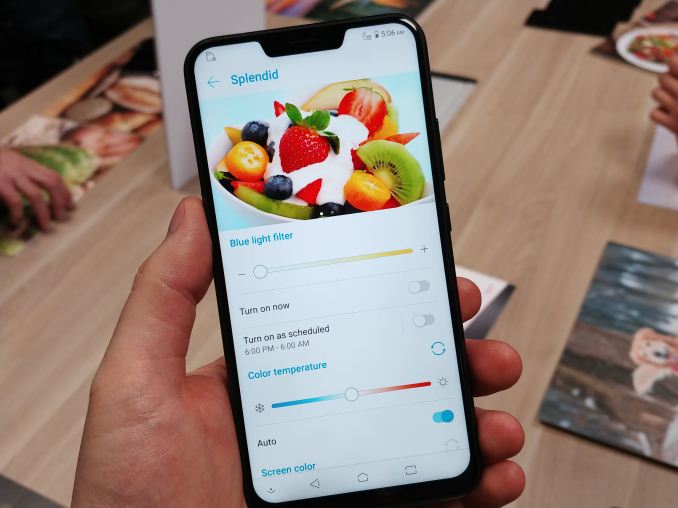
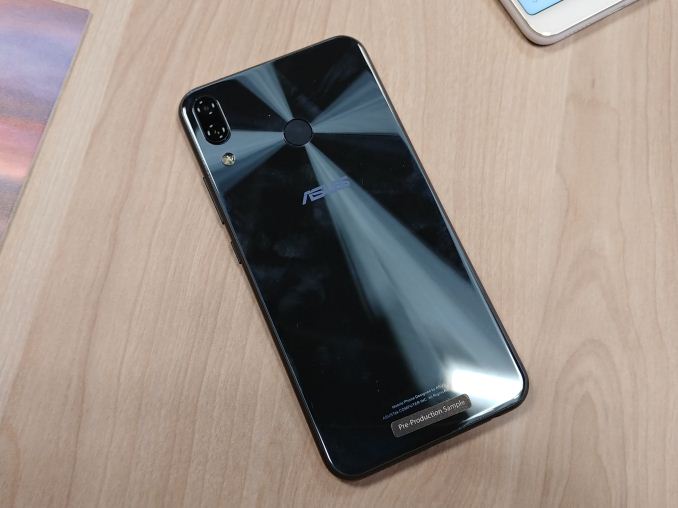
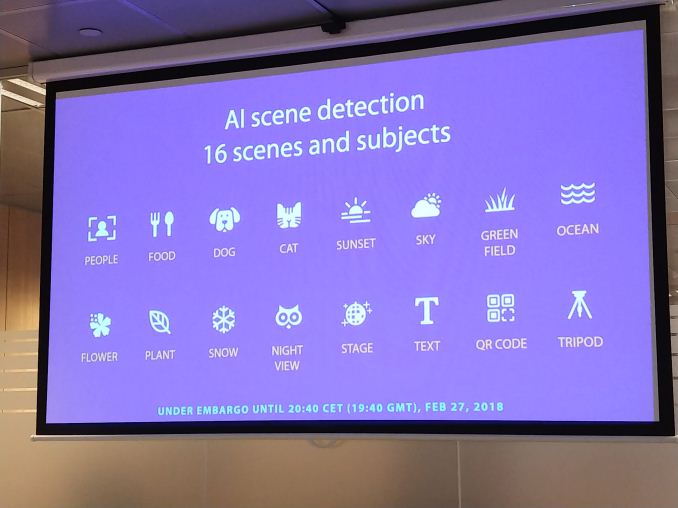

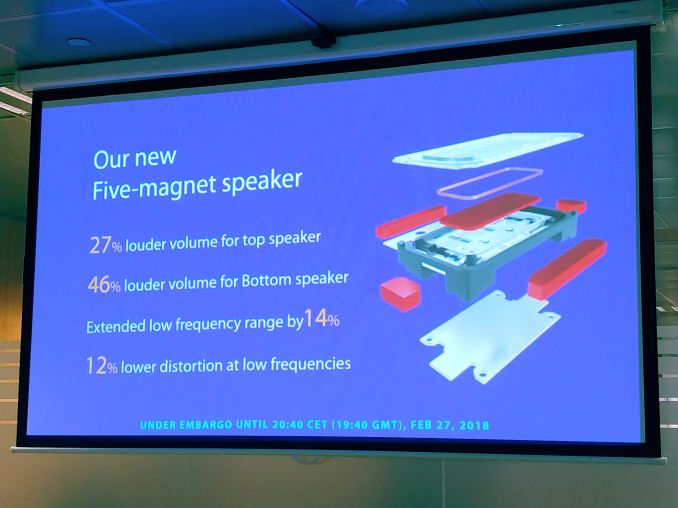
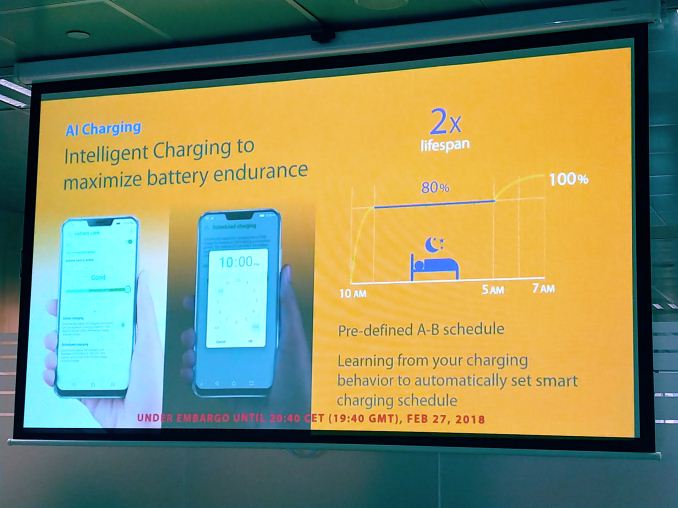

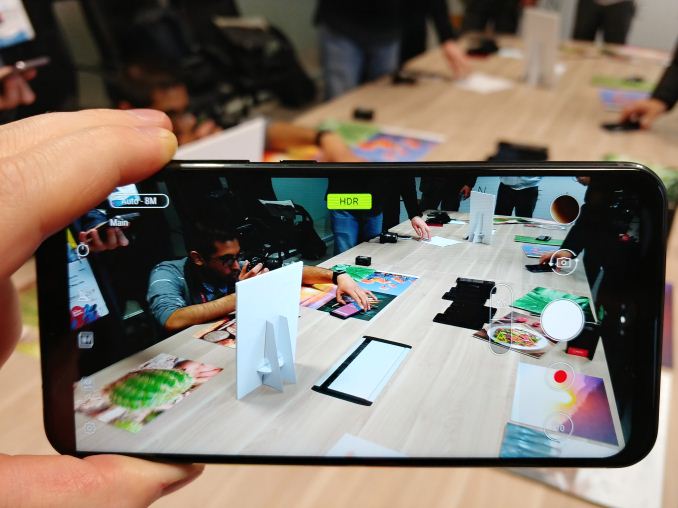








33 Comments
View All Comments
Amoro - Tuesday, February 27, 2018 - link
The table looks a bit messed up. Why are there two rows for Front Camera? And if they are the same in the first row why aren't they merged into a single cell? If the second front camera row is true, why does the Zen5 Lite get a 20MP front camera?Table aside, I'm in the market for a mid-range phone with a big screen and it seems like ASUS is one of the few companies who will do this. Not only that but it comes with Oreo. My main concern is how quick is ASUS with OS updates?
How bad is the bloat on ASUS phones typically?
Ryan Smith - Tuesday, February 27, 2018 - link
The 5 Lite has 2 front cameras and is being positioned as a selfie phone.The other models have a single front camera.
Brilliantminds - Tuesday, February 27, 2018 - link
From news.comThe incorporation of a notch into the top of the phone's screen was a practical decision based on the criteria Shen gave his team. "We wanted to achieve a more than 90 percent screen-to-body ratio," he said. "I asked the team to give me the most beautiful device."
Asus needed to include a light sensor and forward-facing camera on the front of the phone. But if it removed the top bezel, these would have to be squeezed in at the bottom of the screen. Shen explained that this would leave the front camera pointing squarely at his chin, demonstrating his selfie pose for us.
From the beauty decision, from the user experience decision, the team decided to use it this way and I agree," said Shen about the notch. "We do not want to copy, and actually they told me we are thinner, we are nano."
A couple of other manufacturers at the show, including French phone maker Wiko, have also built notches into their device screens, and there might be more to come. The next version of Android is rumored to accommodate notches, according a Bloomberg report earlier this month, in which case Asus may be one of the first Android phone makers to follow in Apple's footsteps.
Looking at the Zenfone 5 from the front, it might not immediately scream "Asus" to you, but the back of the phone is where the design steers away from familiar territory. It features Asus' patented concentric circle design that also appears on products in the ZenBook laptop series.
Brilliantminds - Tuesday, February 27, 2018 - link
We need to embody our design language and the concentric circle is iconic," said Shen. "This is the way we try to identify our phones."So there you have it. If you aren't sure if it's a ZenFone or an iPhone, all you need to do is flip it over -- or just check the price tag
serendip - Tuesday, February 27, 2018 - link
It's like the whole industry forgot that its possible to make a full display design without a notch. Just look back to the original Mi Mix that used a vibrating diaphragm under the display for calls. The downside is that you got earwax and hair oil all over the display but I'll take that over an ugly notch any day. Either that or keep a slim top bezel for sensors and the headset speaker.Manch - Wednesday, February 28, 2018 - link
"The downside is that you got earwax and hair oil all over the display but I'll take that over an ugly notch any day."That's disgusting. I got ears the size of a Ferengi and I don't have that issue. Use the money you saved on the cheaper phone for some Q-tips, shampoo, and some wipes. Clean your damn ears, wash your hair, and keep your phone clean.
PeachNCream - Wednesday, February 28, 2018 - link
I'm not fond of the screen notch design at all, but the scene detection can automatically pick out a cat which is awesome! Cats are really the best pets and they're more popular than dogs in the US so features like that are important for most Americans. (It looks like the phone can identify dogs too for the people that own them anyhow.)Lord of the Bored - Wednesday, February 28, 2018 - link
Don't foist your feliocentric propaganda on me! Cats are disgusting monsters that don't care if you live or die.PeachNCream - Wednesday, February 28, 2018 - link
=^..^=But they're so cute and thank goodness that phones are at least starting to recognize that fact.
Lord of the Bored - Thursday, March 1, 2018 - link
I dunno, they just look like weirdly-shaped pomeranians to me. Weirdly-shaped pomeranians that carry toxoplasmosis.tl;dr: Woofwoof! Bark!